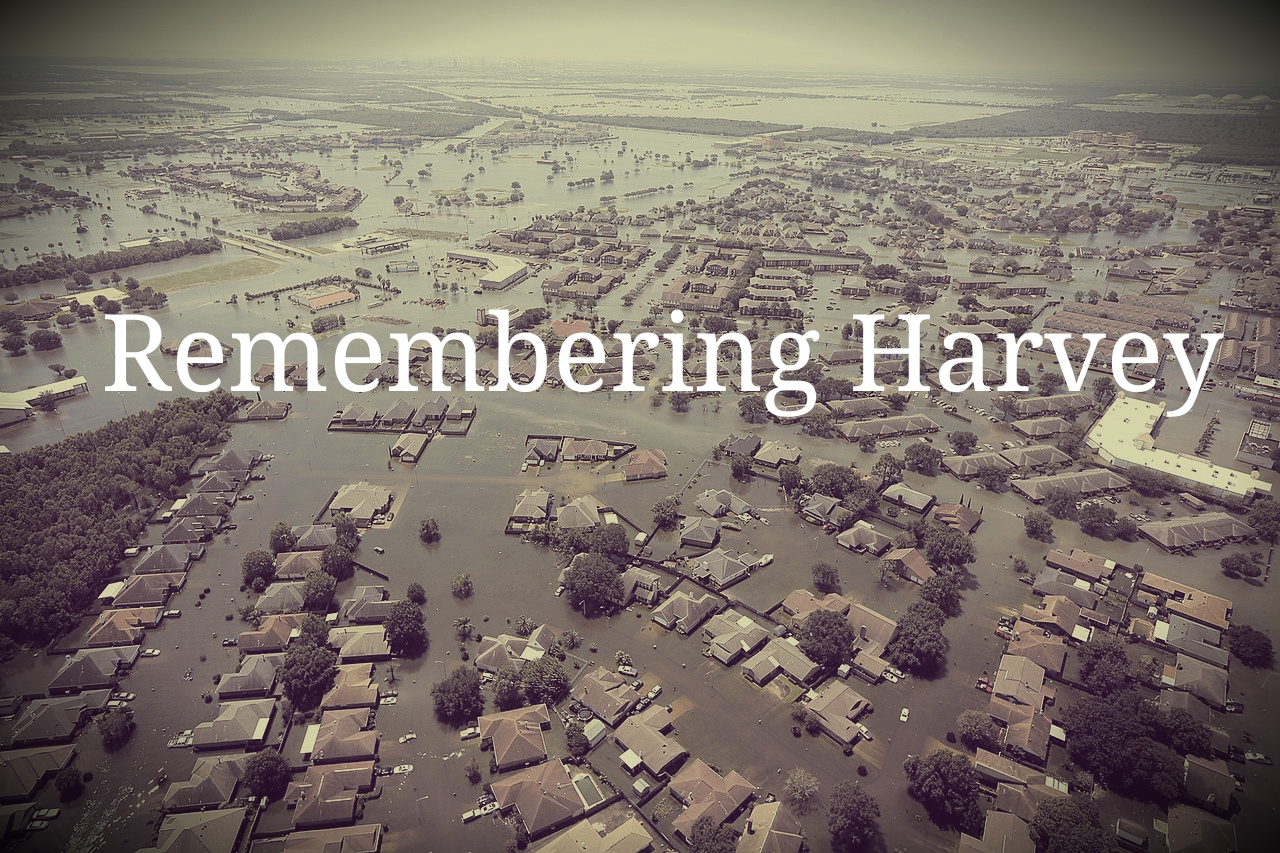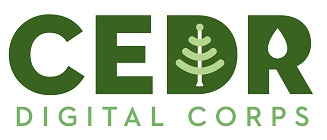
Two years ago, Hurricane Harvey made landfall in Texas. Over 700 spontaneous volunteers came together to answer the calls for help on social media and made a huge difference in facilitating over 9,000 rescues, helping save lives. Thank you again for the countless hours spent searching social media for SOS messages, calling people who were in need, mapping, validating and updating those SOS messages.
The life-saving work of what those volunteers did during Hurricane Harvey continues to provide benefits. Their collective work is now helping scientists determine if they can prevent disasters and save lives in the future. A team of researchers from Texas A&M Galveston and Delft University of Technology used the online Harvey Rescue SOS map as a model to predict where flooding would take place and compared their results to conventional flood models. Their scientific modeling has shown greater accuracy than current conventional models and they are continuing their research to see if they can build models to provide real-time information to agencies to improve their response to flooding and keep the public safe. You can read about this work online in the Journal of Flood Risk Management.
The work done by those volunteers is a legacy of lives that will be saved in the future through changes in policy, science, and communications.
Thank you!
